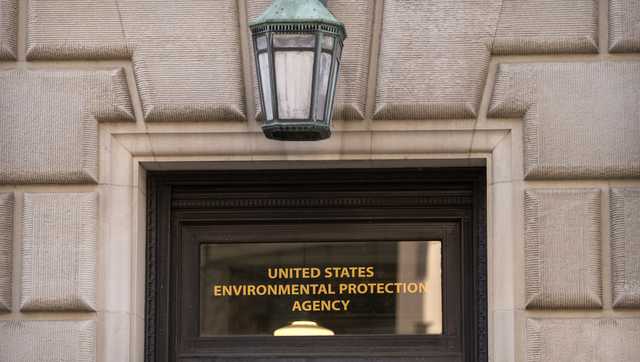Science Shake-Up: EPA Unveils Sweeping Organizational Overhaul

In a sweeping move that signals significant changes ahead, the Environmental Protection Agency (EPA) unveiled a comprehensive restructuring plan on Friday. The reorganization, driven by the Trump administration's cost-cutting agenda, has sparked concern among environmental activists who fear the overhaul could compromise the agency's critical scientific research capabilities.
The proposed changes promise to reshape the EPA's operational landscape, potentially altering its approach to environmental protection and scientific investigation. While the administration touts the reorganization as a necessary step toward fiscal efficiency, environmental advocates warn that the restructuring might undermine the agency's ability to conduct independent, unbiased scientific research crucial for understanding and addressing environmental challenges.
As the details of the reorganization emerge, stakeholders from various sectors are closely monitoring the potential implications for environmental policy, scientific integrity, and the agency's long-term mission of protecting public health and the environment.
